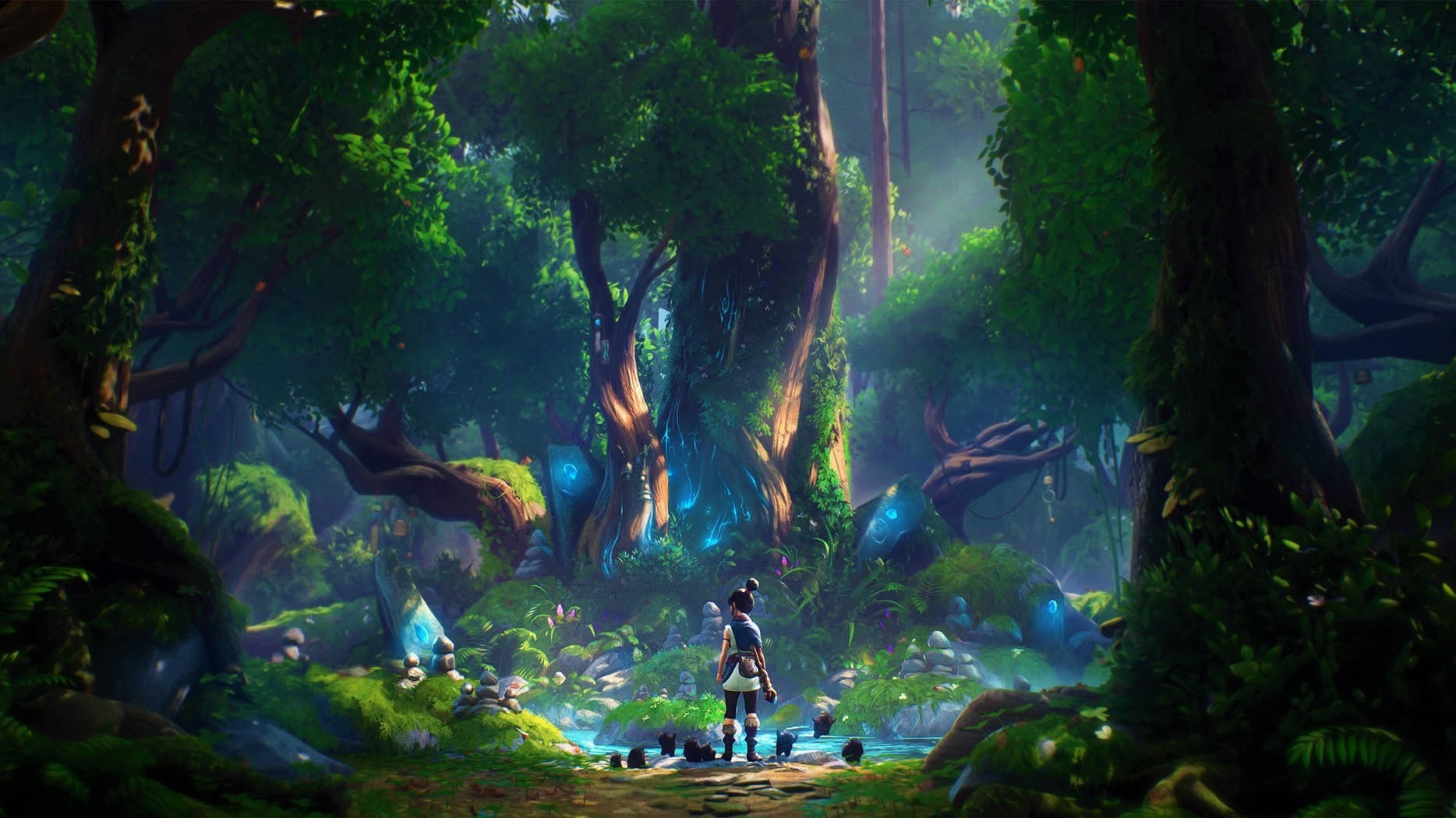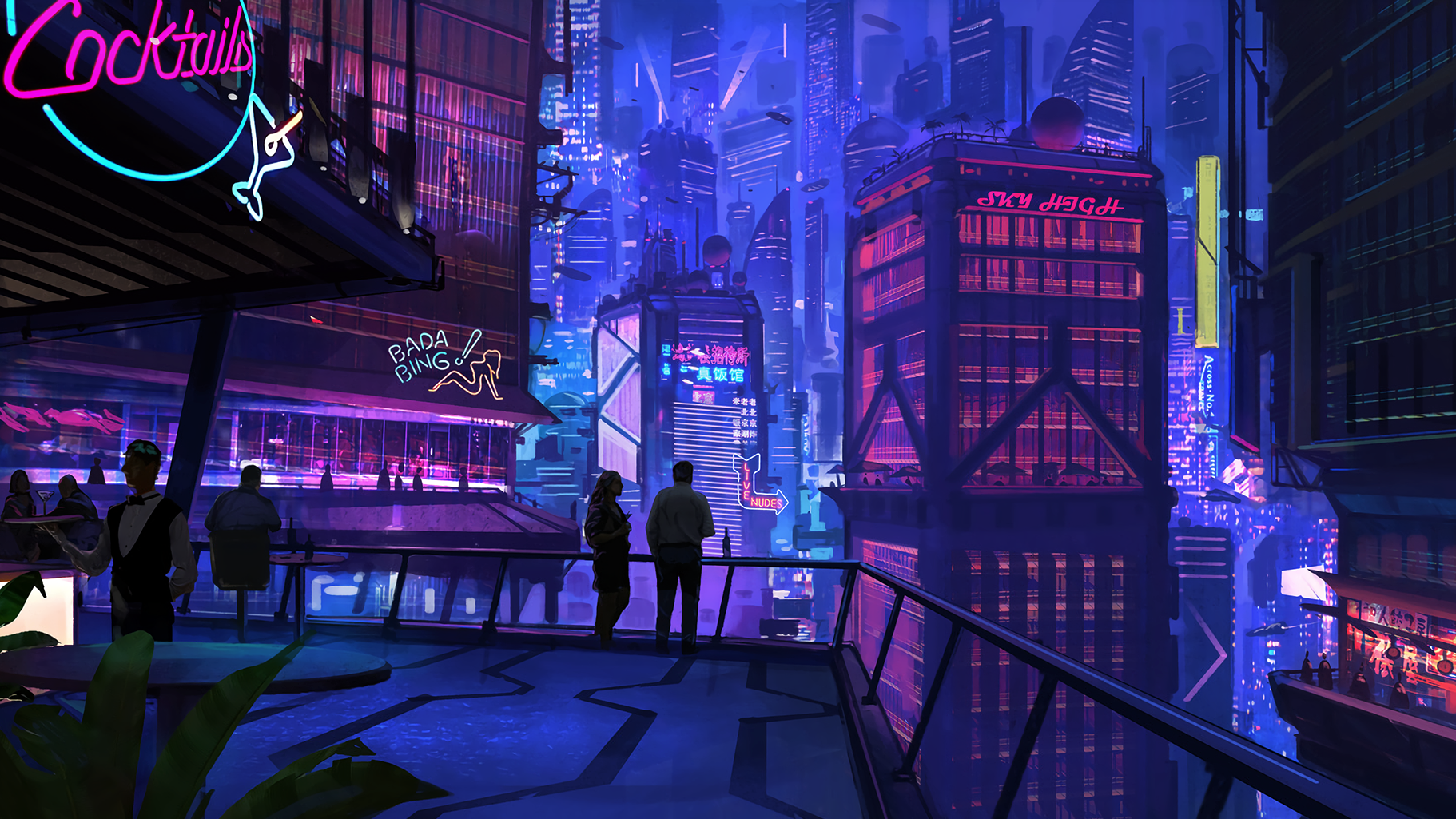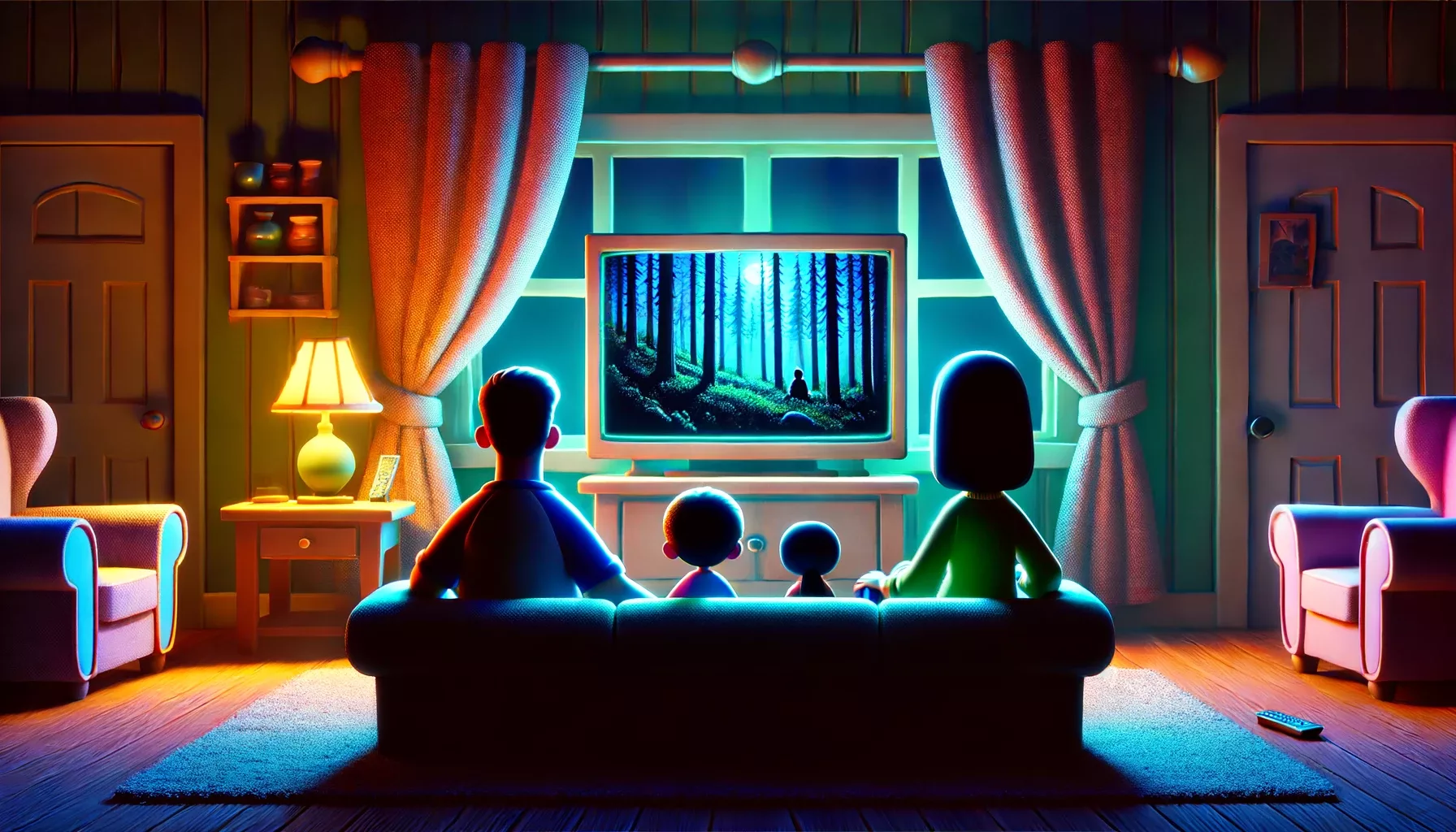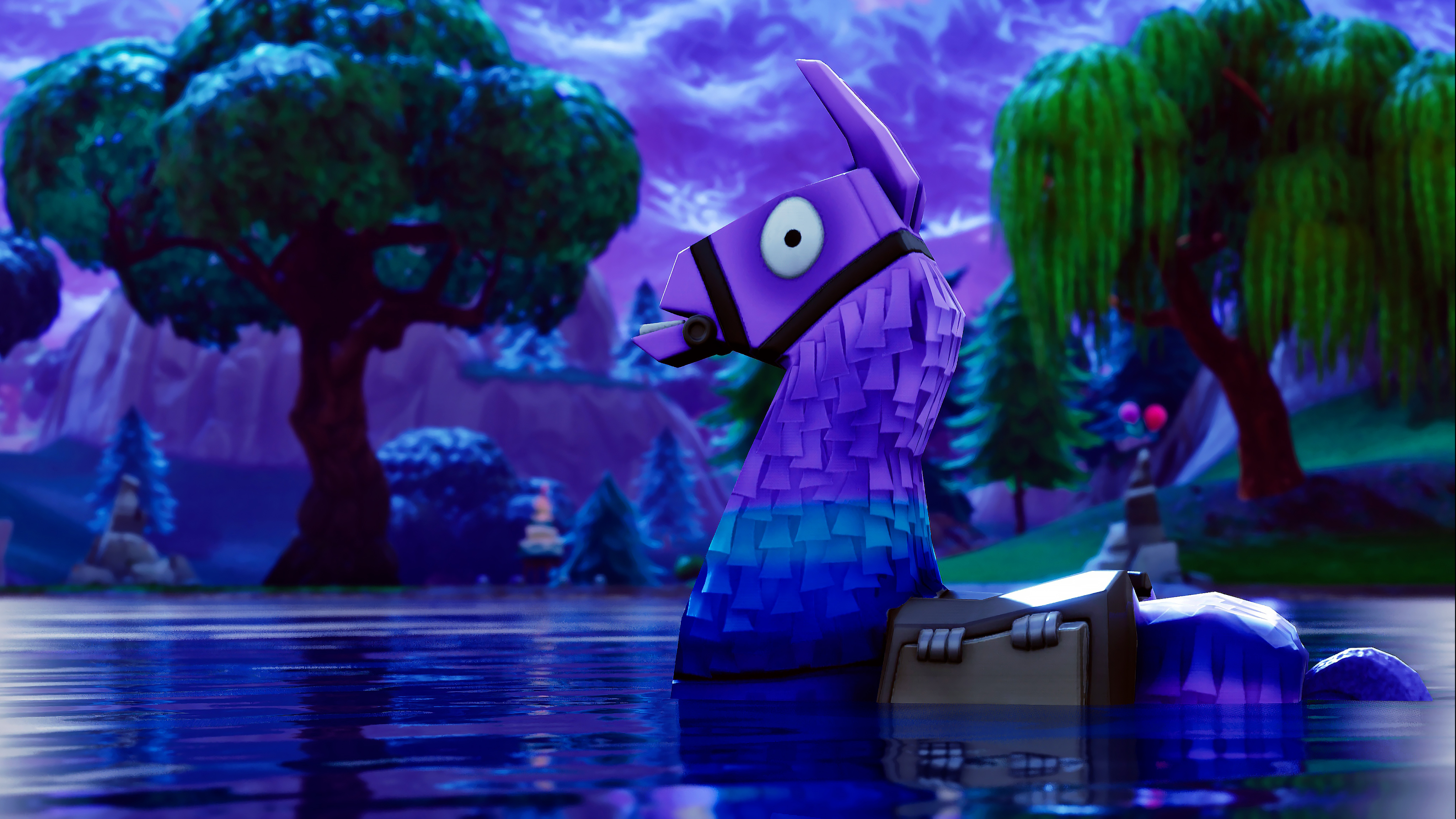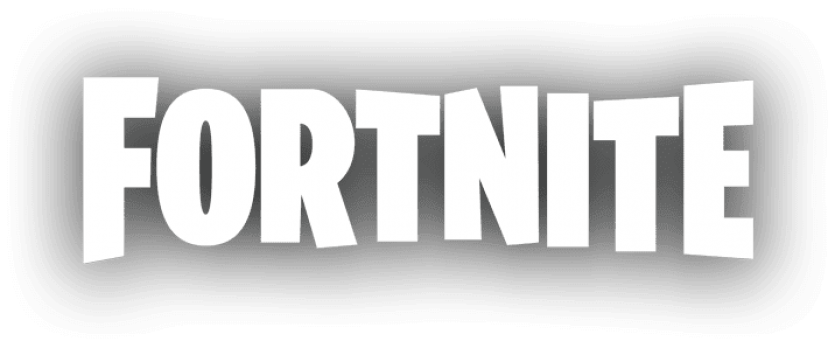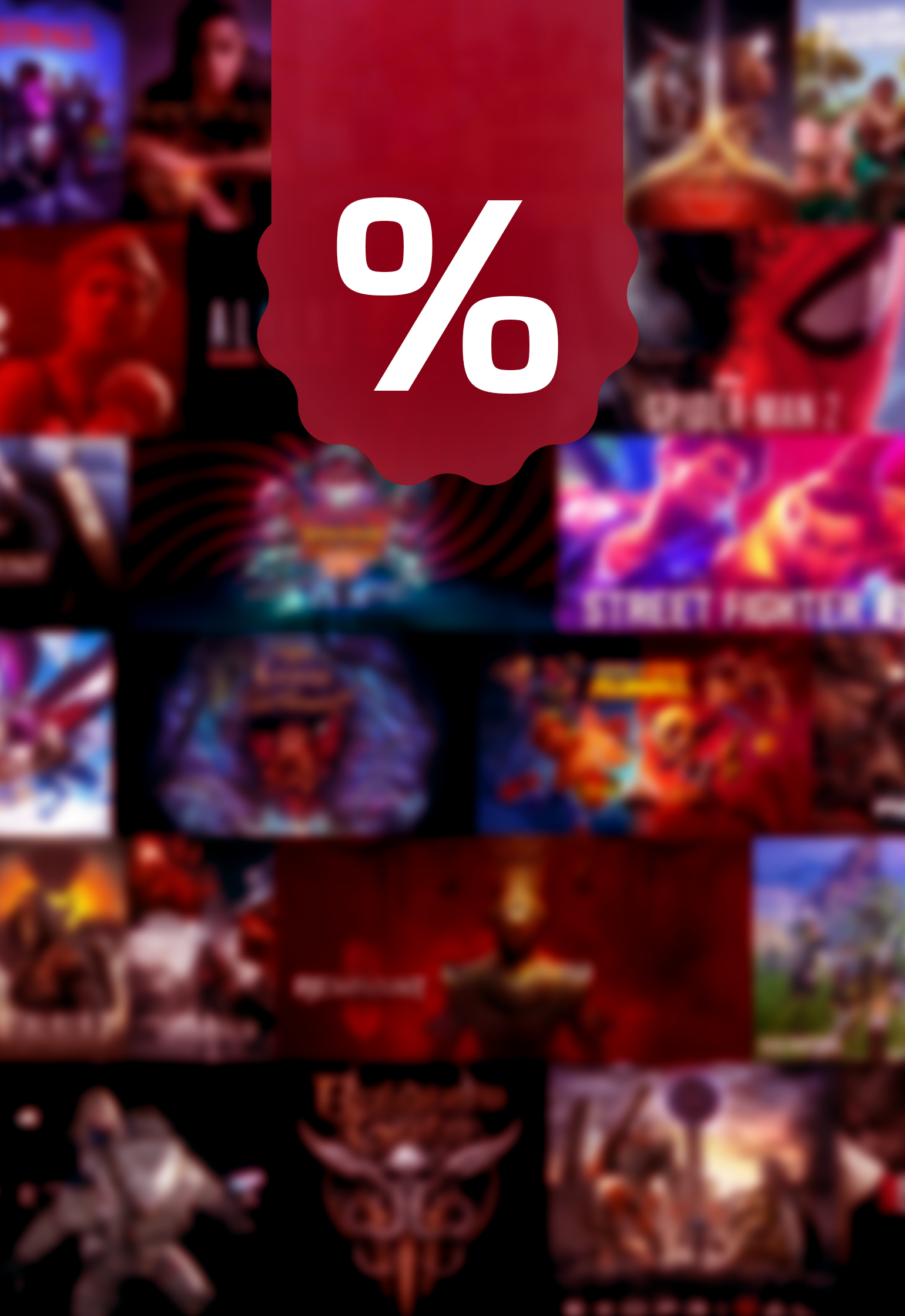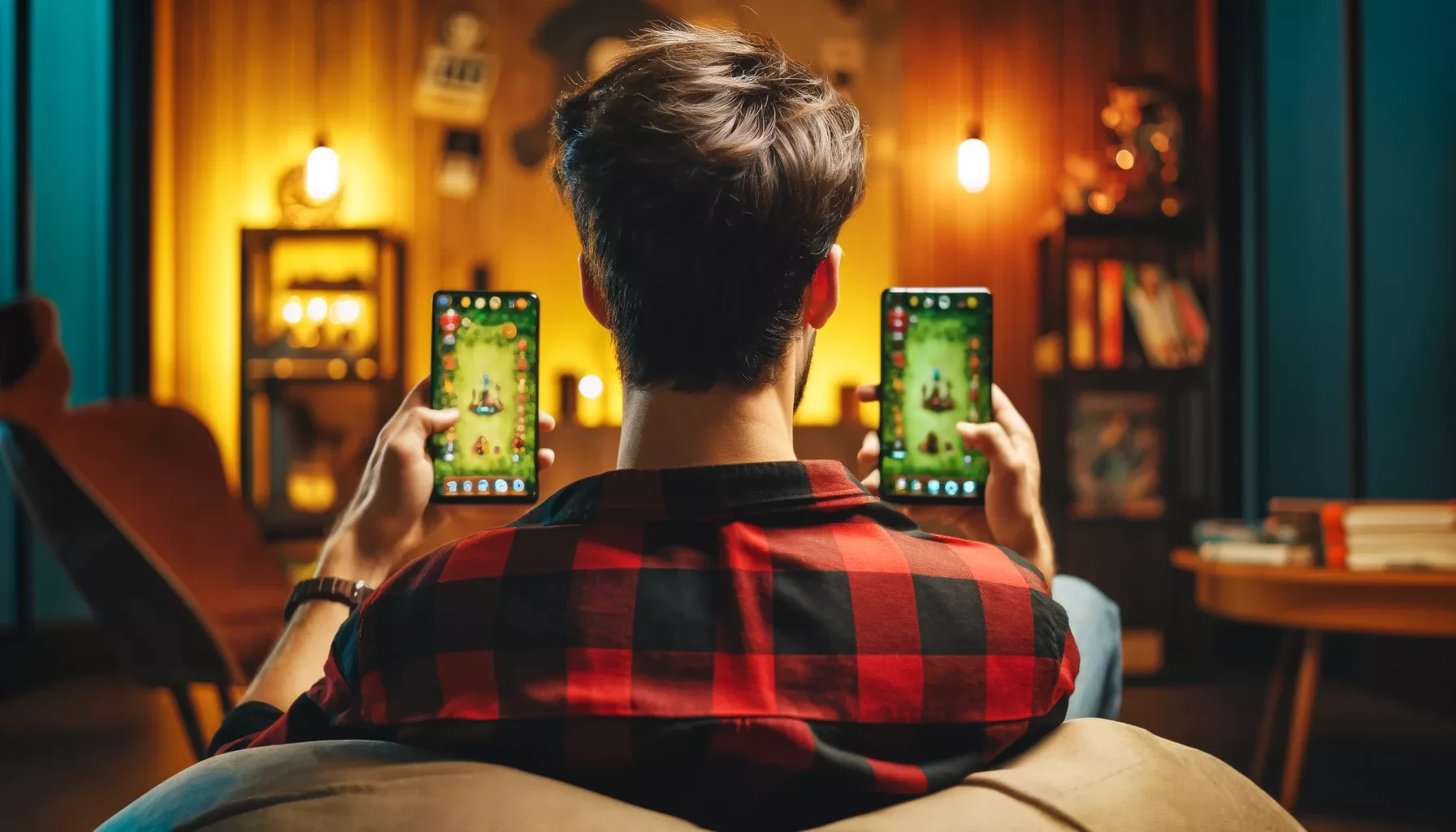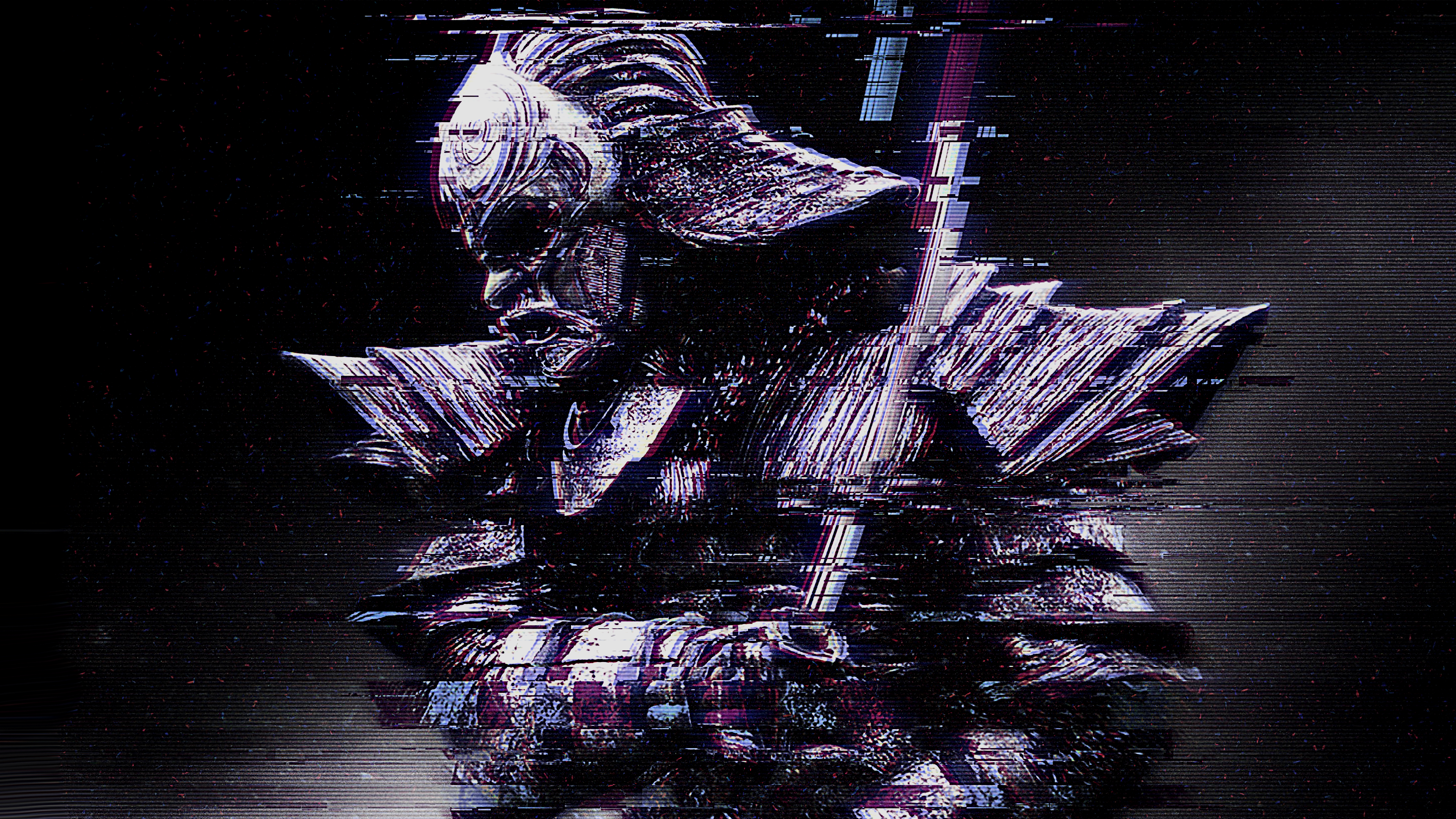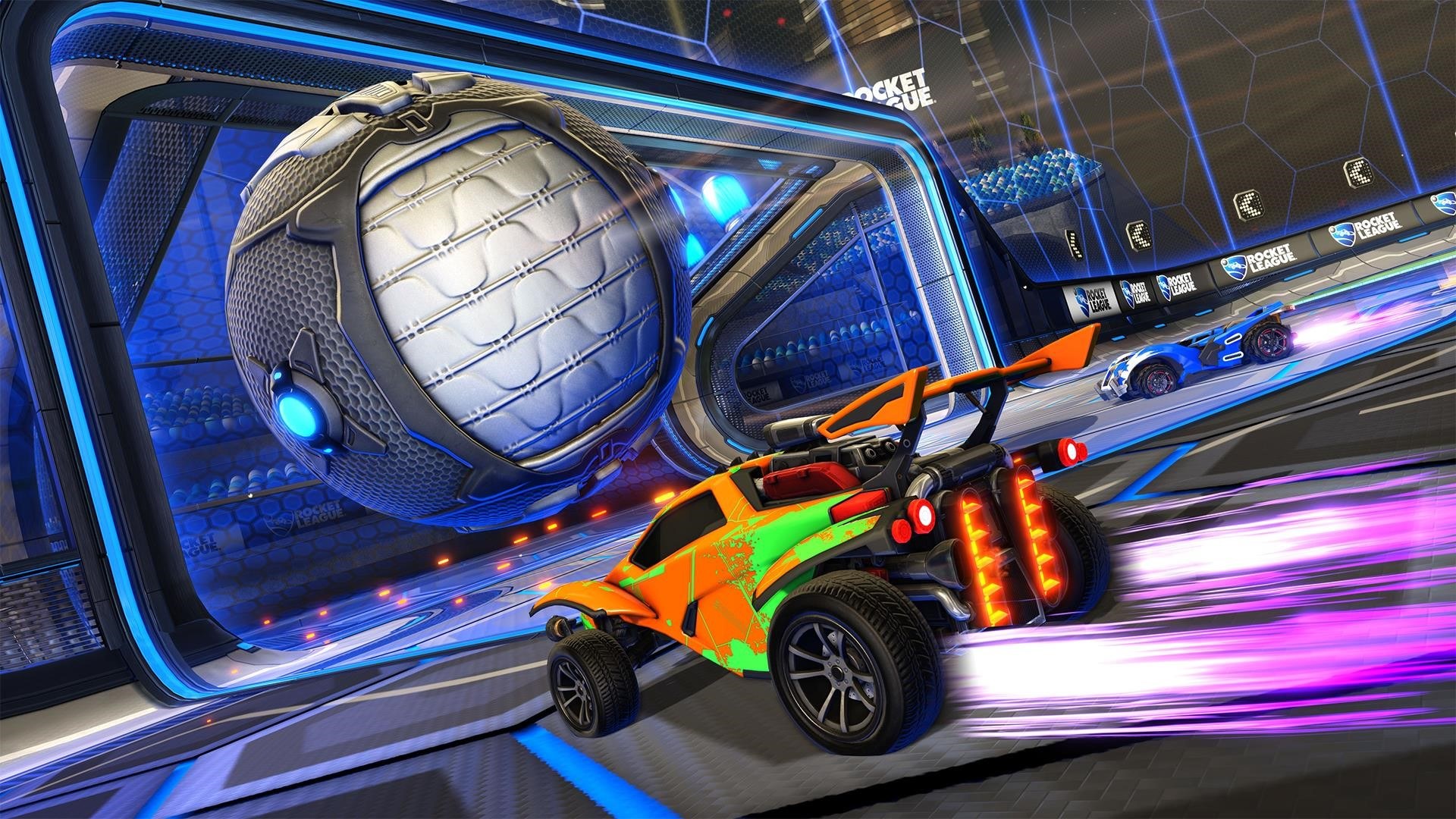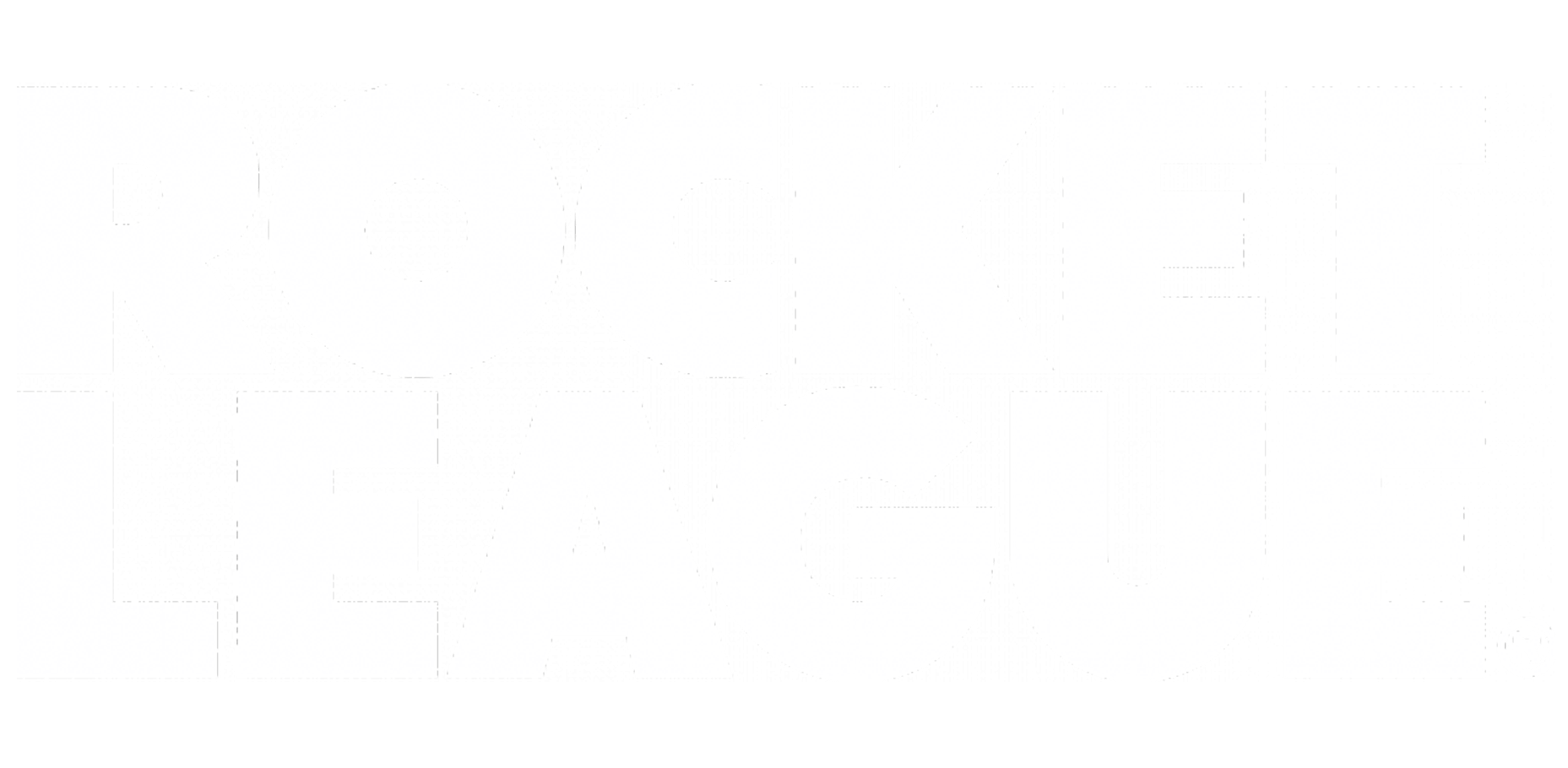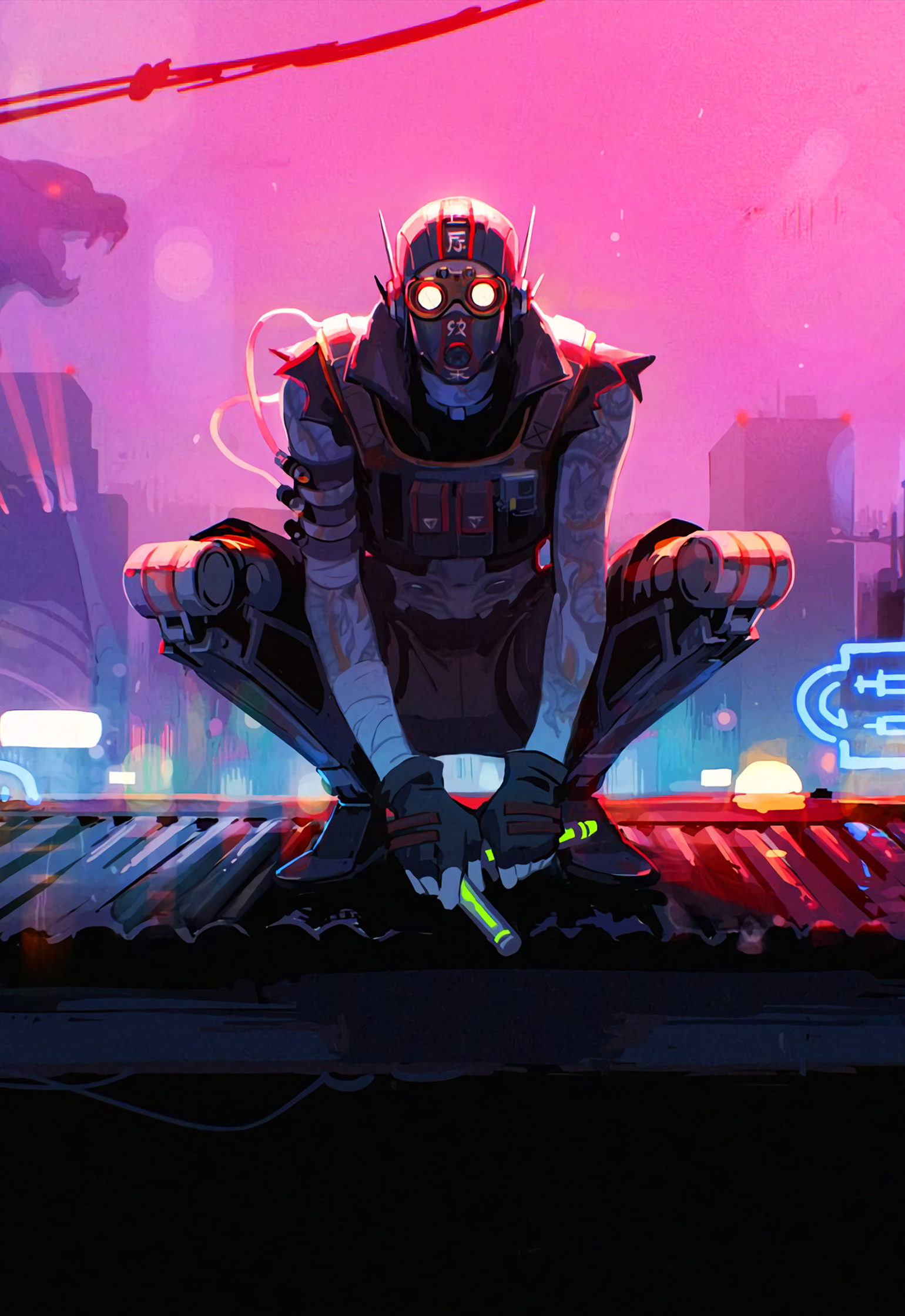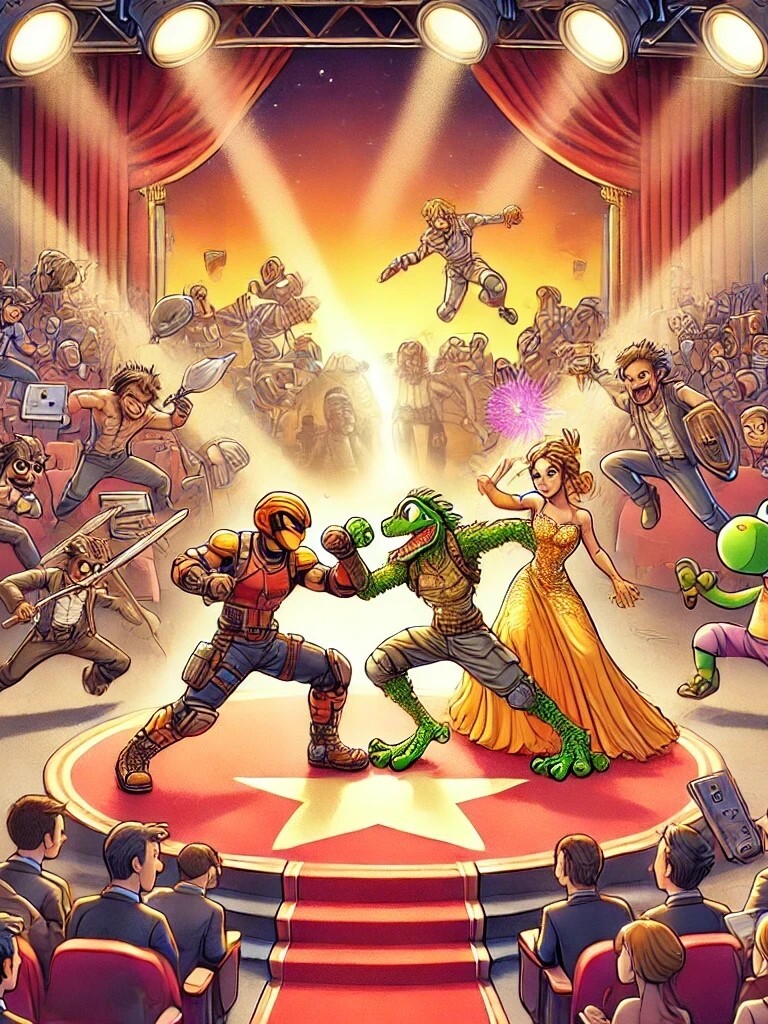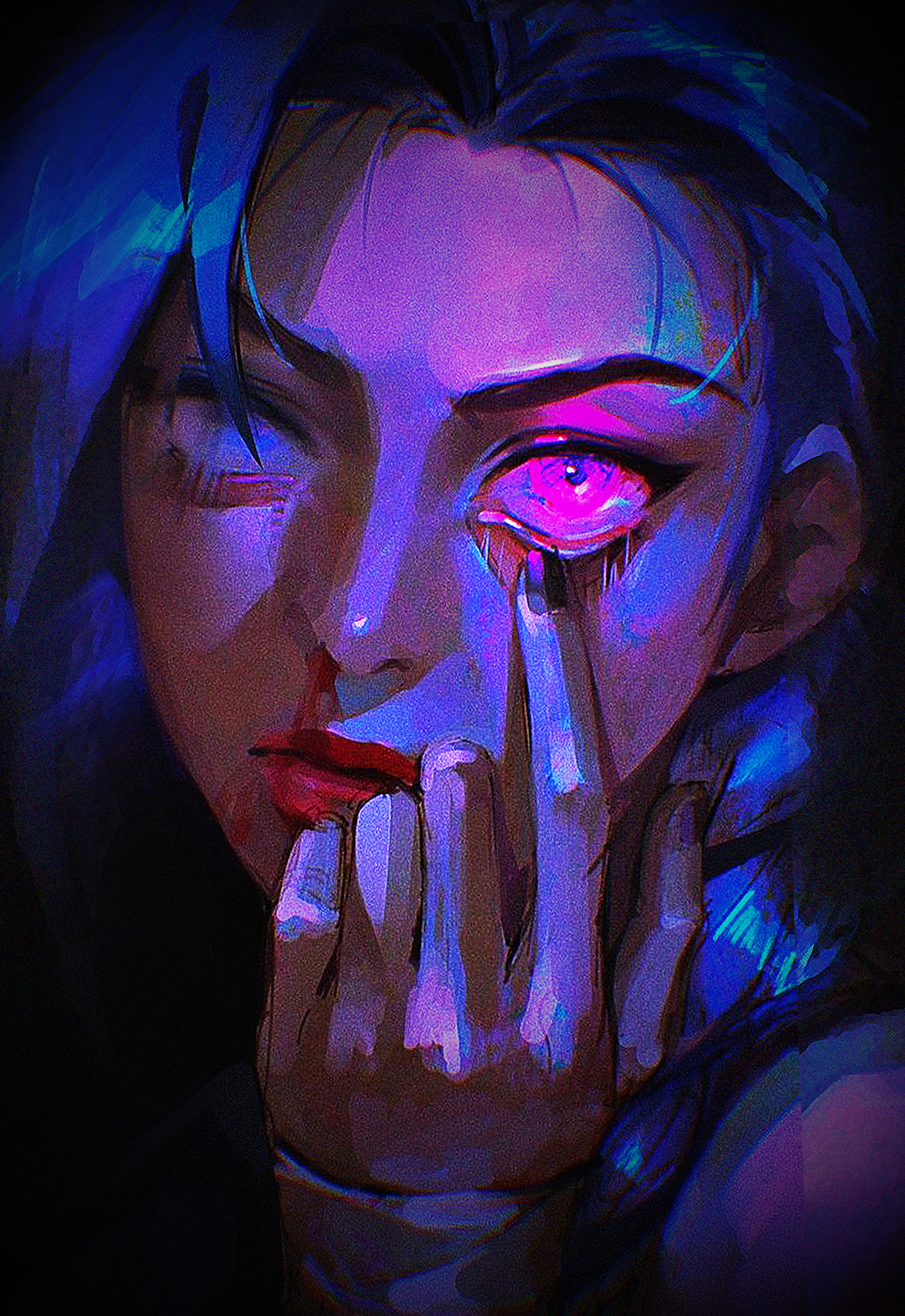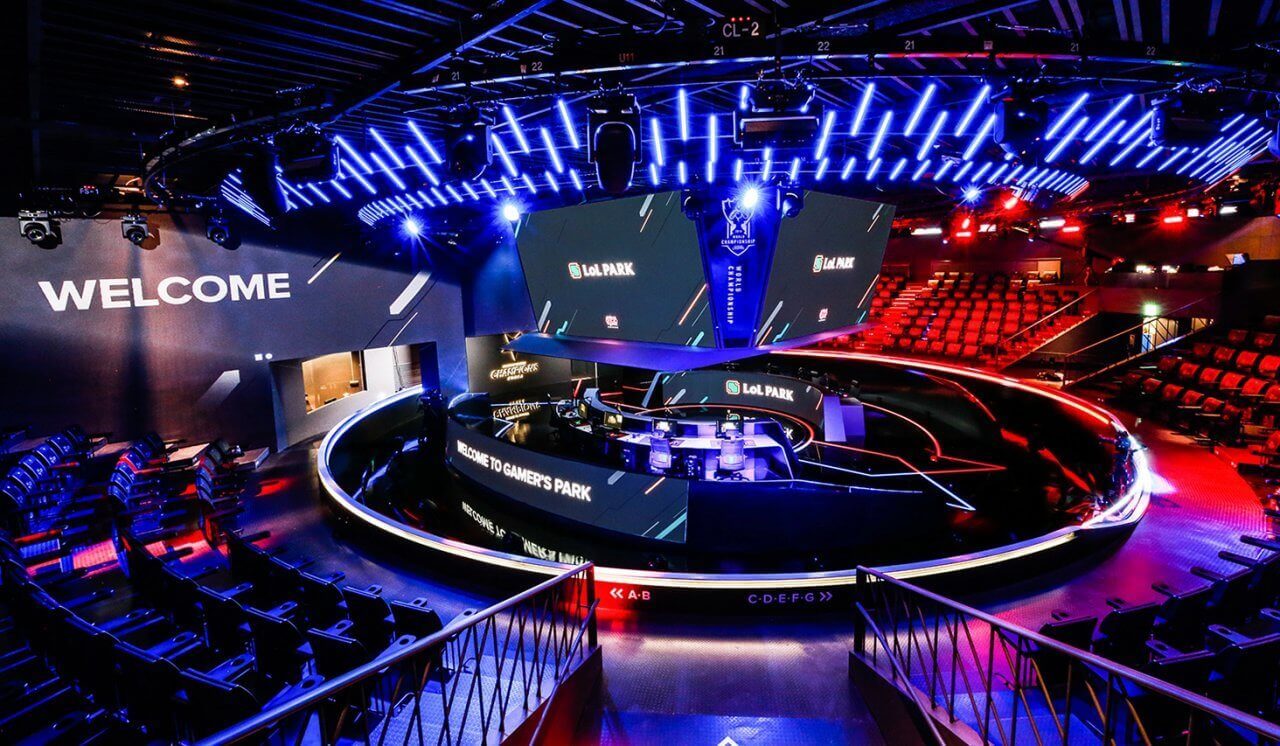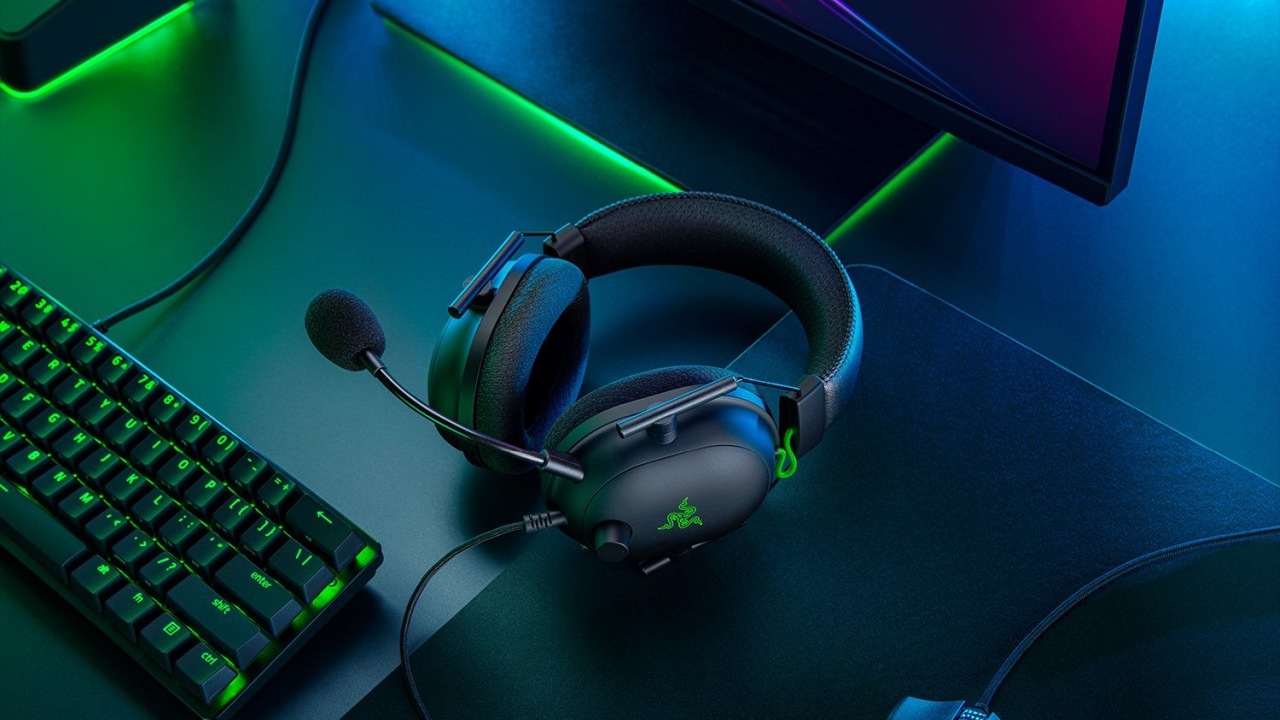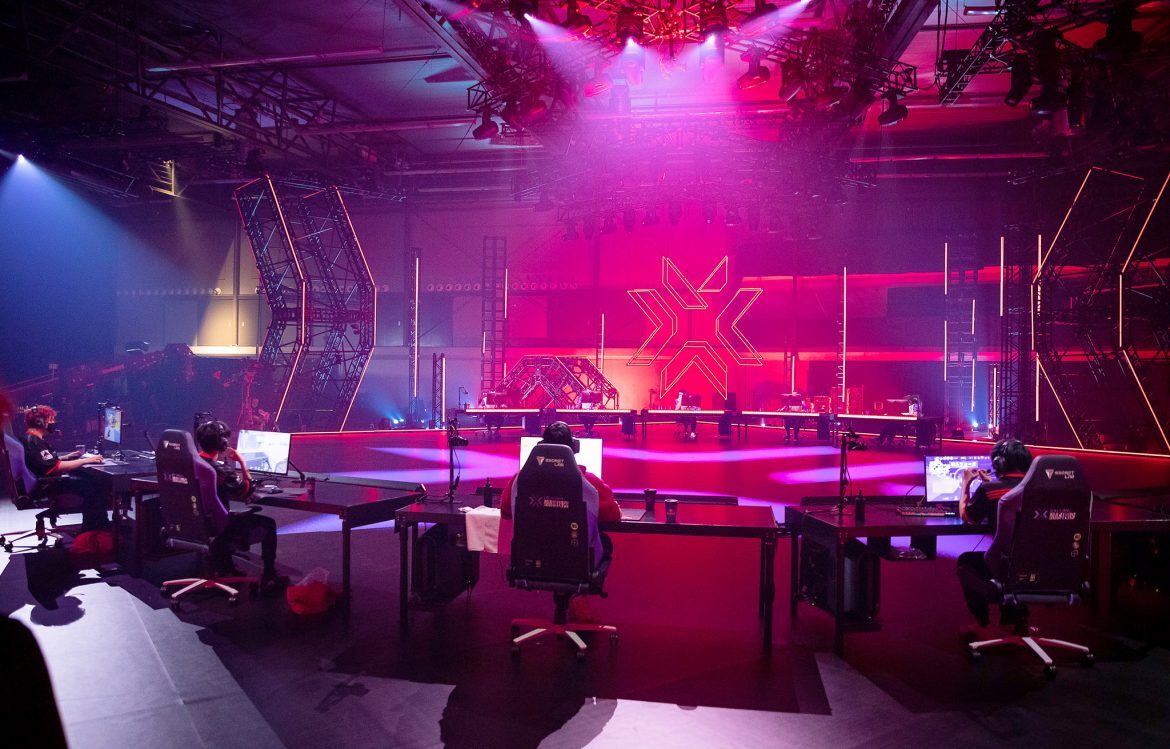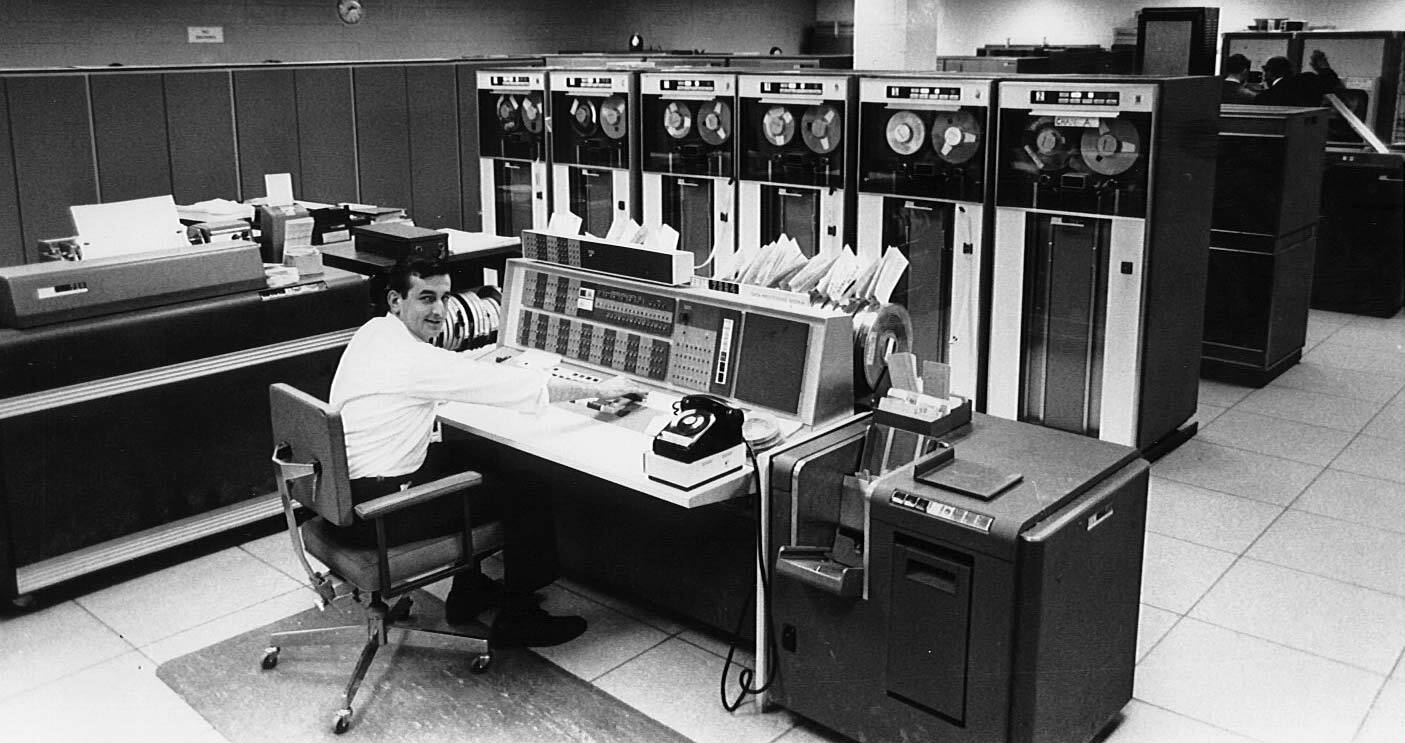What sounds like a haunted lullaby on TikTok is actually the first song ever sung by a computer – a groundbreaking moment in tech history that’s as touching as it is eerie.
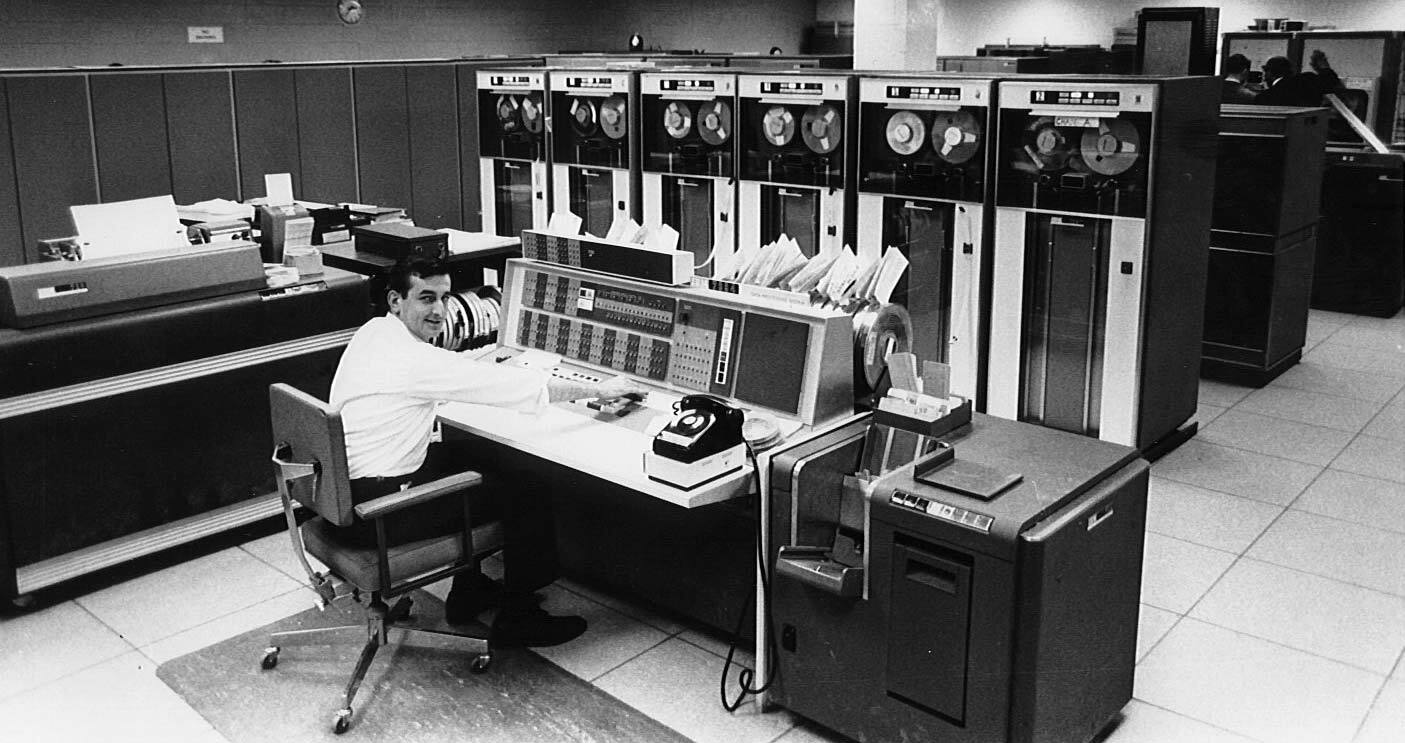
If you've spent any time on TikTok lately, you might have heard a haunting little ditty crackling through your feed: a robotic voice crooning "Daisy, Daisy, give me your answer, do..." The sound is eerie, perfect for uncanny videos. But behind that ghostly lullaby lies a story that’s not just cool tech history, but surprisingly sweet, too.
From Million-Dollar Machine To Digital Nightingale
Let’s rewind – not to the early days of TikTok, but to the early 1960s. The Cold War was on, miniskirts weren’t a thing yet, and computers were the size of walk-in closets. The IBM 7094, for example, was one of the most powerful computers of its day, capable of performing 250,000 additions or subtractions per second. Impressive? Sure. Affordable? Not quite – these machines cost upwards of $3 million (about $20 million today) and filled entire rooms. They were built for serious business: math, science, defense. Not music.
But at Bell Labs, a few curious minds decided to try something that sounded more like science fiction than science: they taught the IBM 7094 to sing. The team – John L. Kelly Jr., Carol Lockbaum, and Lou Gerstman – chose a modest, even quaint song for their experiment: "Daisy Bell (Bicycle Built for Two)," a Victorian-era tune composed by Harry Dacre in 1892. Why this song? It was simple, catchy, and in the public domain.
The First Song Sung By A Computer Wasn't Just A Gimmick
The vocal synthesis part was handled using cutting-edge (for the time) speech research. And for the instrumental backing, they brought in Max Matthews, the father of computer music, who had already developed one of the earliest digital sound-generating programs. It was a Frankenstein moment in the best sense: a machine, designed for cold logic, learning to sing about love.
The result is less than two minutes long, with only about 30 seconds of robotic vocals. But those 30 seconds made history. They were the first known instance of a computer singing a song – and not just speaking, but holding notes, following a melody, and delivering lyrics with eerie clarity.
It wasn’t just a lab trick. This moment left a deep cultural imprint. In 1962, science fiction writer Arthur C. Clarke heard the singing IBM during a visit to Bell Labs. Inspired, he later worked it into 2001: A Space Odyssey. The now-iconic scene where HAL 9000, the sentient spaceship computer, sings "Daisy Bell" while being deactivated is a direct nod to that demo.
A Viral Sound With A Vintage Soul
Which brings us back to TikTok. Decades later, that same computer-generated voice is now soundtracking videos that dance between the uncanny and the absurd. Yes, it sounds creepy. But it’s also weirdly tender. There’s something touching about a massive, clunky machine singing its digital heart out in the name of love.
So the next time you hear that digitized serenade online, remember: it’s not just a trending sound effect. It’s a relic of a time when teaching a computer to sing took entire rooms of hardware and the brainpower of visionary scientists. A ghost from the past, humming a tune about connection, commitment, and a bicycle built for two.
